Hi there, pet lovers! 🐝
Honey bees (Apis mellifera) are among the most fascinating and vital creatures on Earth. They play a critical role in pollination, contribute significantly to global food production, and produce honey, wax, and other valuable resources. While they may not be “pets” in the traditional sense, many people choose to keep and care for honey bee colonies through beekeeping. This practice offers rewards not only in delicious honey but also in supporting biodiversity and the environment.
In this comprehensive review, we’ll explore everything about honey bees—from their unique behavior and colony structure to the practicalities of beekeeping, costs, and challenges. Whether you’re considering starting your own hive or simply curious about how honey bees live, this guide will give you a clear and detailed picture.
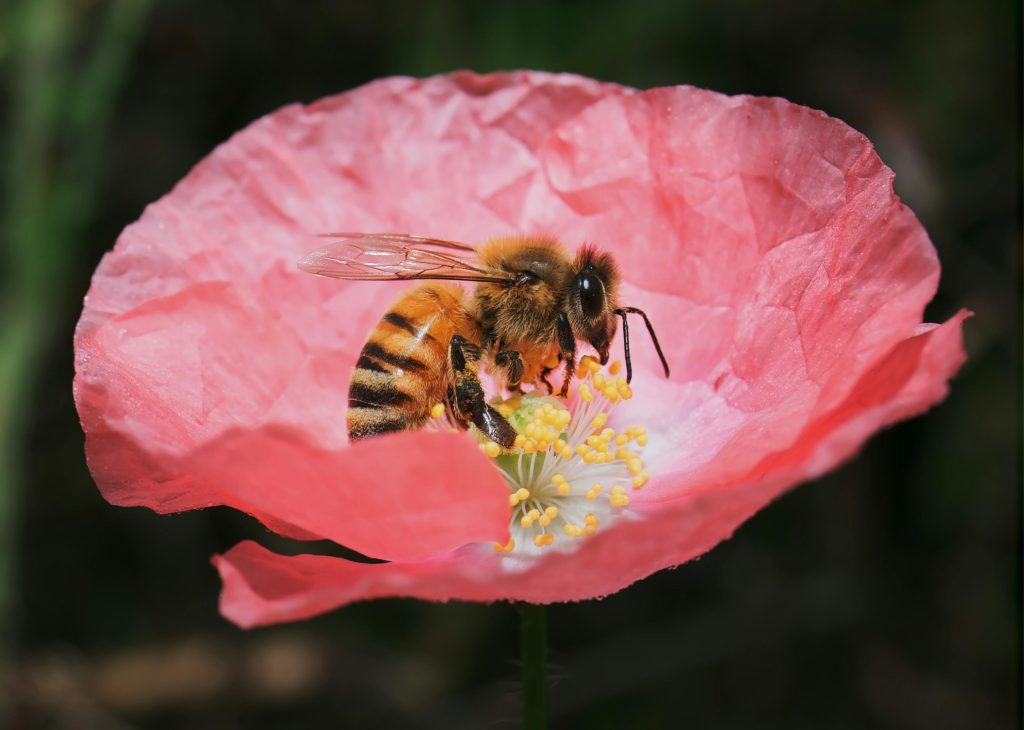
Overview
Honey bees are social insects living in large colonies that function as a single superorganism. They are admired for their productivity, ecological importance, and complex social structure. Here’s a quick summary of what makes them stand out:
- Handling and Temperament: Generally non-aggressive if undisturbed, but defensive when protecting their hive.
- Care and Maintenance: Moderate to high; requires consistent attention to hive health, environment, and resources.
- Health and Durability: Vulnerable to pests, diseases, and environmental stresses.
- Availability: Widely available from beekeepers, suppliers, and clubs.
- Cost: Initial setup can be expensive, but ongoing maintenance is relatively affordable.
- Overall: A rewarding endeavor for those interested in nature, food production, and conservation.
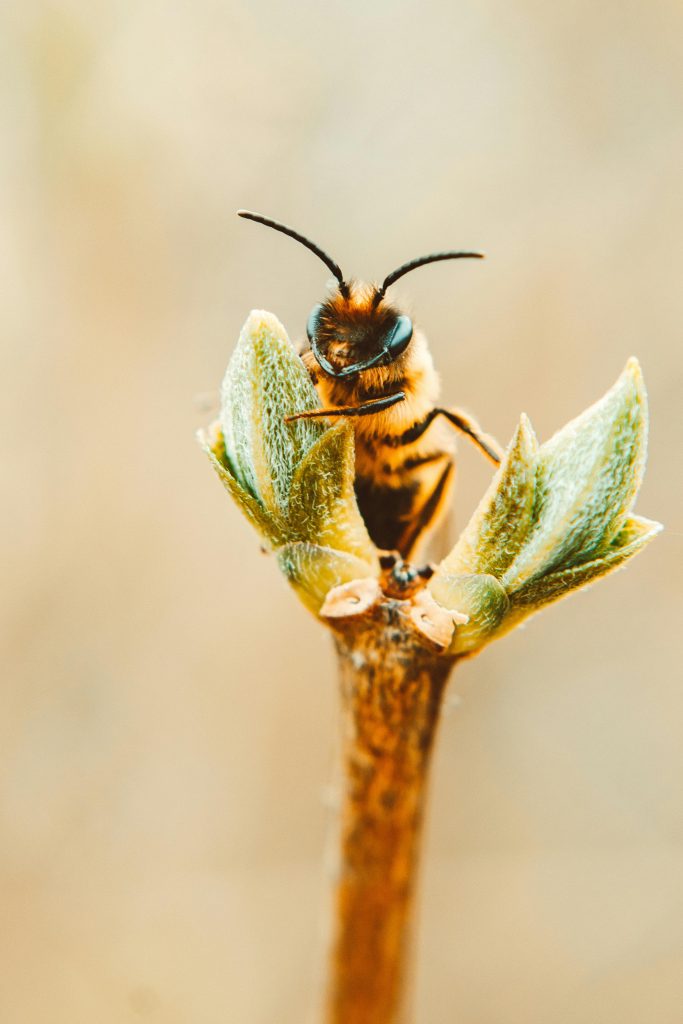
Why Choose Honey Bees?
Honey bees are not only fascinating creatures but also a cornerstone of modern agriculture. They are responsible for pollinating about 75% of global food crops, including fruits, vegetables, and nuts. A healthy colony can produce 30–60 pounds of honey per year, depending on climate and conditions.
For individuals, beekeeping offers multiple benefits:
- A source of fresh, natural honey and beeswax.
- An opportunity to contribute to pollination in the local environment.
- A chance to learn from and interact with one of nature’s most complex societies.
However, honey bees are not for everyone. They require commitment, knowledge, and a tolerance for stings. Choosing honey bees means choosing both a hobby and a responsibility.
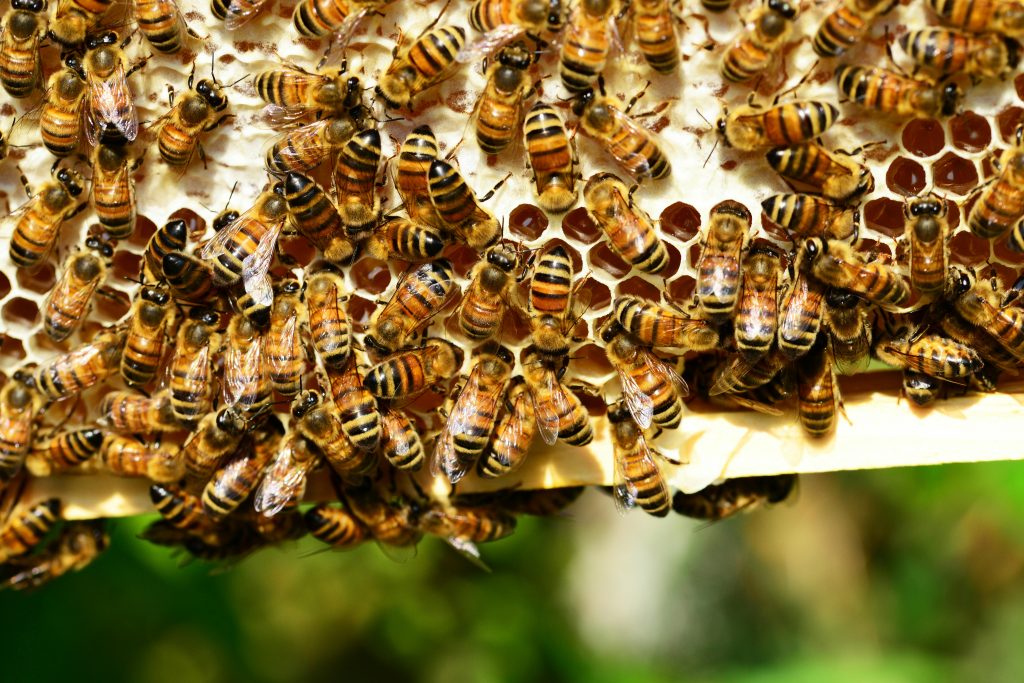
Handling and Temperament
Honey bees are generally peaceful when foraging but become defensive if their hive is threatened. Understanding their temperament is crucial for safe interactions.
Colony Behavior
- Worker Bees: Usually non-aggressive while collecting nectar and pollen.
- Guard Bees: Defend the entrance of the hive; quick to respond to disturbances.
- Queen Bee: Rarely leaves the hive except during mating flights or swarming.
Handling Tips
- Use a bee smoker to calm the colony before opening the hive.
- Wear protective clothing such as a bee suit, gloves, and a veil.
- Handle frames slowly and gently to avoid crushing bees, which releases alarm pheromones.
- Avoid strong perfumes or rapid movements near the hive.
Stings
Honey bee stings are defensive, not offensive. After stinging, a worker bee dies, making this a last resort. For most people, a sting causes mild pain and swelling. However, 1–3% of the population is allergic to bee venom, which can cause severe reactions.
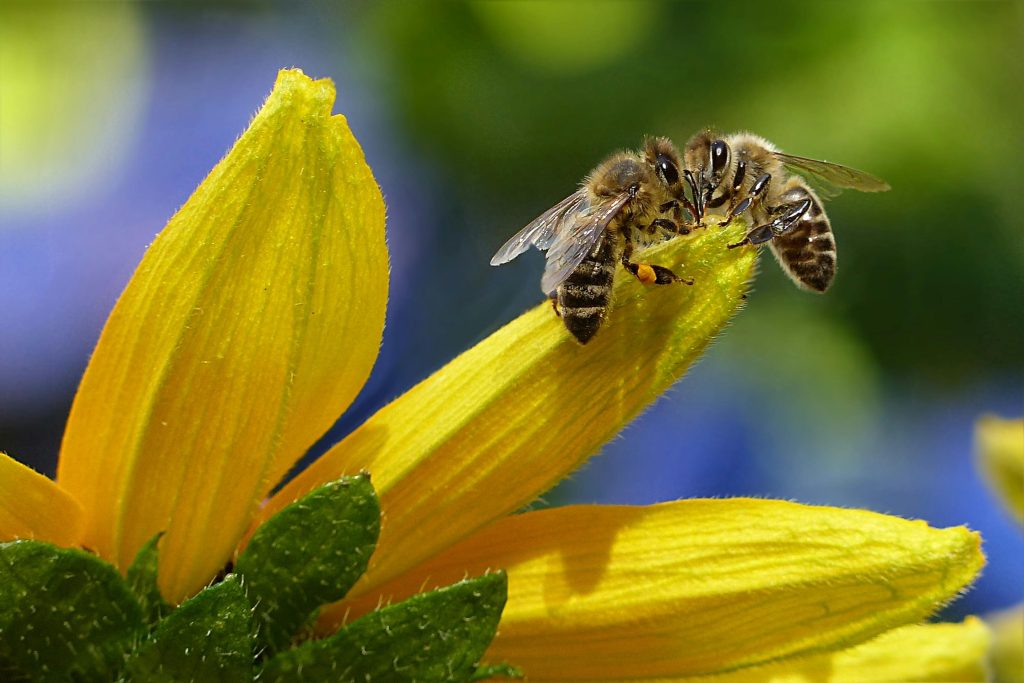
Care and Maintenance
Caring for honey bees is an ongoing responsibility that blends biology, environmental awareness, and seasonal work. A successful beekeeper must monitor hive health, food stores, and environmental conditions throughout the year.
Hive Setup
- Hive Type: The Langstroth hive is the most common, consisting of stackable boxes with removable frames.
- Space: Each colony requires its own hive, which should be placed in a sunny, wind-protected location.
- Equipment: Essential tools include a smoker, hive tool, and protective gear.
Seasonal Care
- Spring: Monitor for swarming; ensure enough space for colony expansion.
- Summer: Peak honey production; manage ventilation and pests.
- Autumn: Harvest honey while leaving enough stores for winter survival.
- Winter: Insulate hives and provide supplemental feeding if stores are low.
Feeding
- Nectar Flow: Bees naturally feed on nectar and pollen from flowers.
- Supplements: In times of scarcity, beekeepers provide sugar syrup, pollen patties, or fondant.
Space and Location
- Urban or suburban beekeeping is possible but requires careful consideration of neighbors. Bees should have access to clean water and a variety of forage within a 2–3 mile radius.
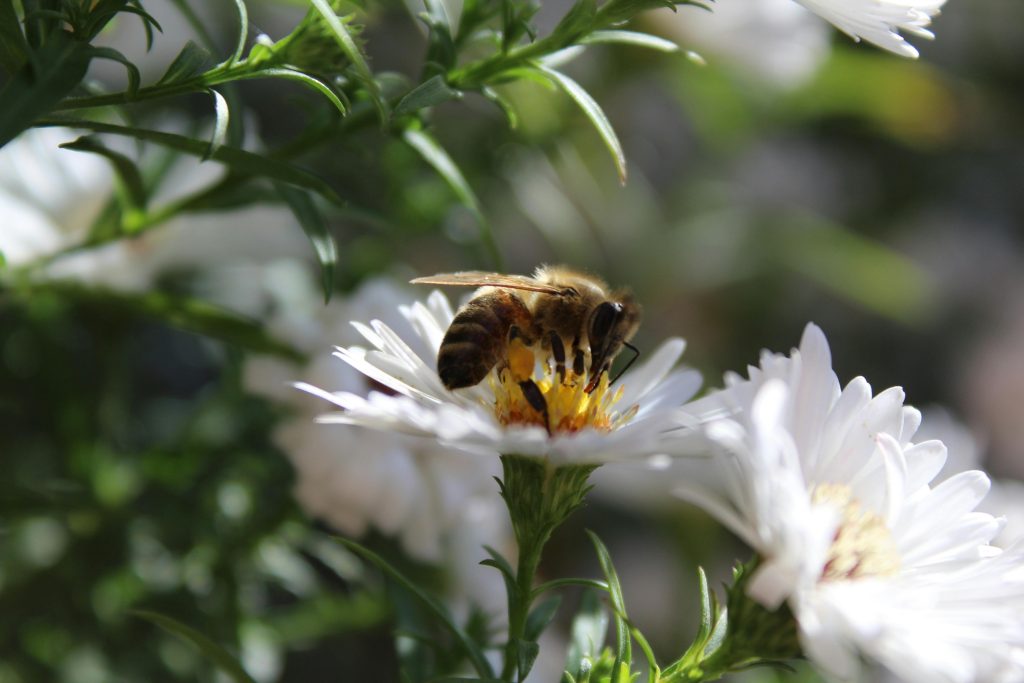
Health and Durability
Despite their industrious nature, honey bees face significant health challenges. Their survival depends on both natural resilience and careful management.
Common Health Issues
- Varroa Mites: External parasites that weaken bees and spread viruses.
- Nosema Disease: A fungal infection affecting the digestive system.
- Colony Collapse Disorder (CCD): A phenomenon where worker bees abandon the hive, often linked to pesticides, stress, and pathogens.
Environmental Threats
- Pesticides: Chemicals used in agriculture can disorient or kill bees.
- Climate Change: Alters flowering times, affecting nectar availability.
- Habitat Loss: Reduces access to diverse forage.
Preventative Care
- Regular inspections for pests and disease.
- Use of integrated pest management (IPM) to minimize chemical treatments.
- Providing supplemental food during dearth periods.
- Maintaining strong, genetically diverse colonies.
With proper care, a hive can thrive for many years, continuously producing honey and pollinating local crops.

Availability and Cost
Beekeeping is accessible in many regions, with increasing interest in sustainable living and local food production.
Where to Get Bees
- Local Beekeepers: Often sell “nucleus colonies” (nucs) or packages of bees.
- Beekeeping Associations: Provide beginner-friendly resources and sometimes bees.
- Online Suppliers: Ship bees and equipment, though shipping stress can affect colony strength.
Costs
- Initial Setup: $200–$500 for a complete hive, tools, and protective gear.
- Bee Packages: $100–$150 for a 3-pound package with a queen.
- Ongoing Costs: $50–$100 annually for maintenance, feed, and treatments.
While the initial investment may seem high, honey harvests, wax production, and pollination benefits can offset costs over time.
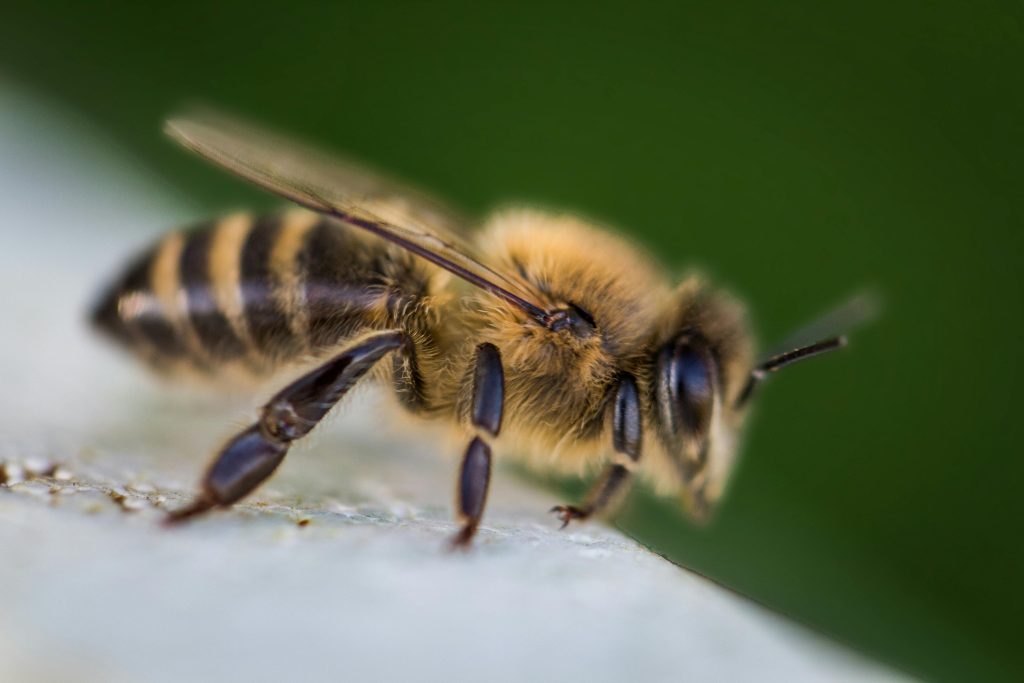
Pros and Cons
Pros
- Contribute to pollination and ecosystem health.
- Provide honey, wax, and other byproducts.
- Fascinating insight into social insect behavior.
- Can be kept in both rural and urban settings.
- Builds community through local beekeeping clubs.
Cons
- Susceptible to pests, disease, and environmental changes.
- Initial setup can be costly.
- Requires regular inspections and seasonal work.
- Risk of stings, especially for those with allergies.
- Legal restrictions in some cities or neighborhoods.
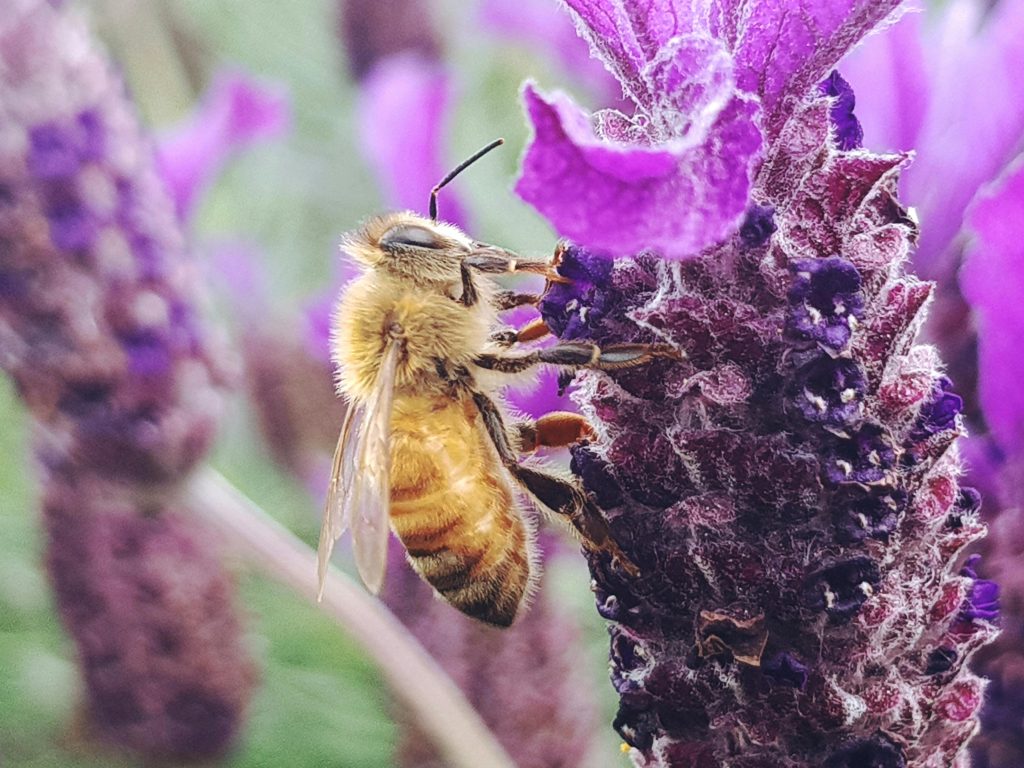
Final Thoughts
Honey bees are far more than honey producers—they are critical allies in maintaining biodiversity and global food systems. Keeping them is both a rewarding and demanding endeavor, offering a balance of challenges and benefits. From the sweet taste of home-harvested honey to the satisfaction of supporting pollinators, beekeeping is a unique way to connect with nature.
For those interested, we recommend starting with local beekeeping associations or mentors to gain hands-on experience before managing a hive independently. By respecting and caring for honey bees, we not only enjoy their gifts but also help safeguard their future.
Have you ever kept honey bees or considered becoming a beekeeper? Share your experiences and tips in the comments below—we’d love to hear how you support these incredible creatures in your own way.
For more animal care guides and reviews, stay tuned to our blog and don’t forget to subscribe to our newsletter! 🐝



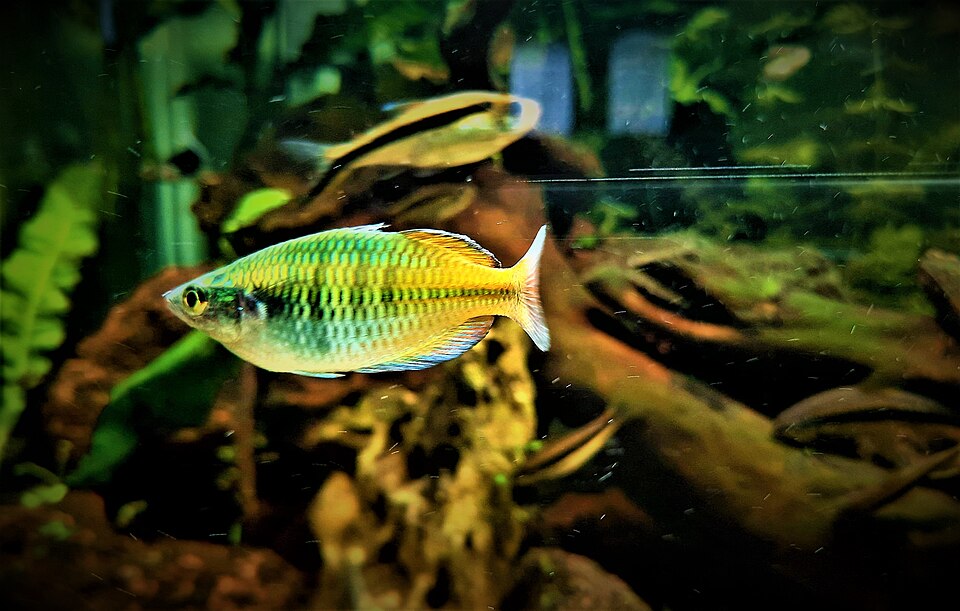
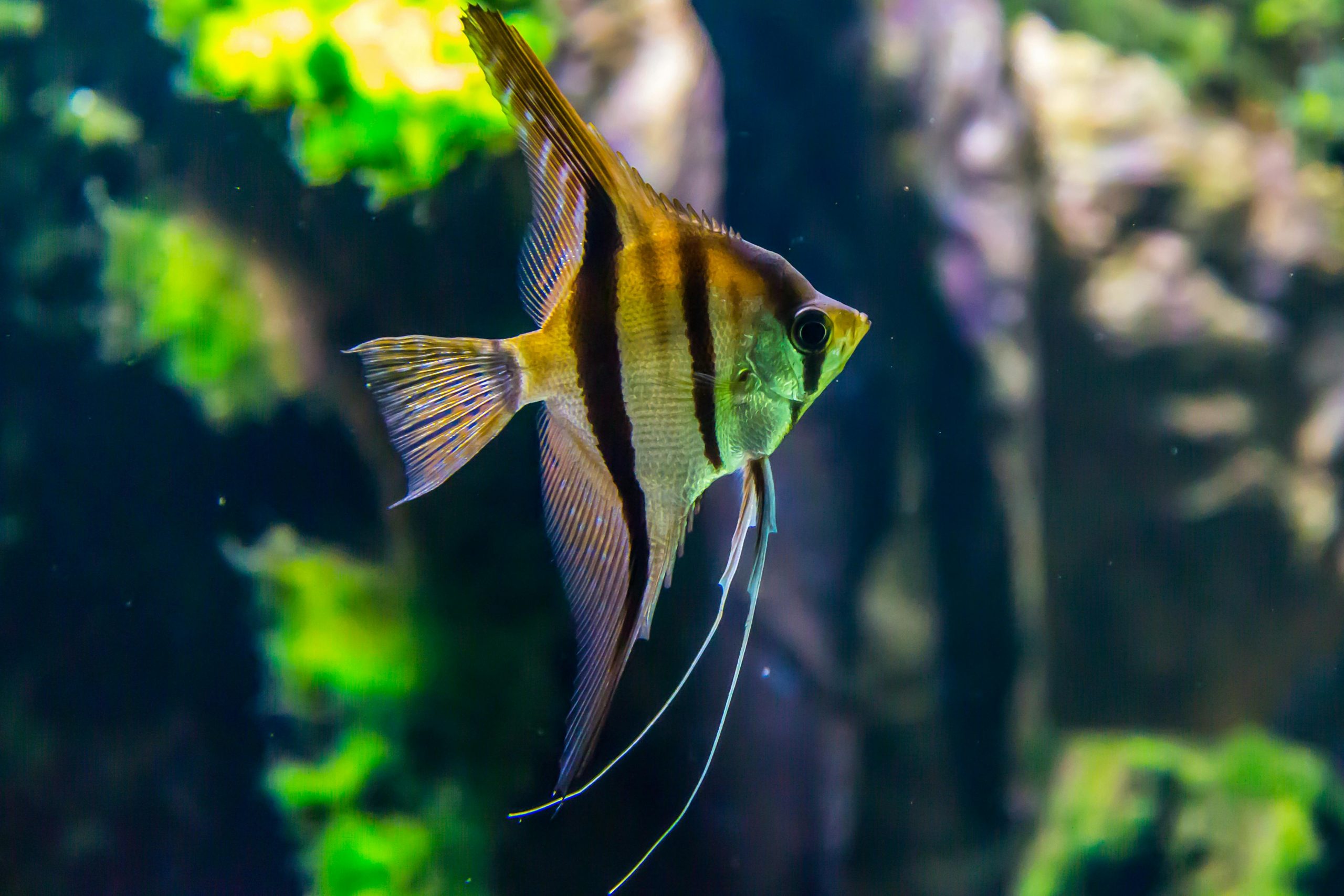
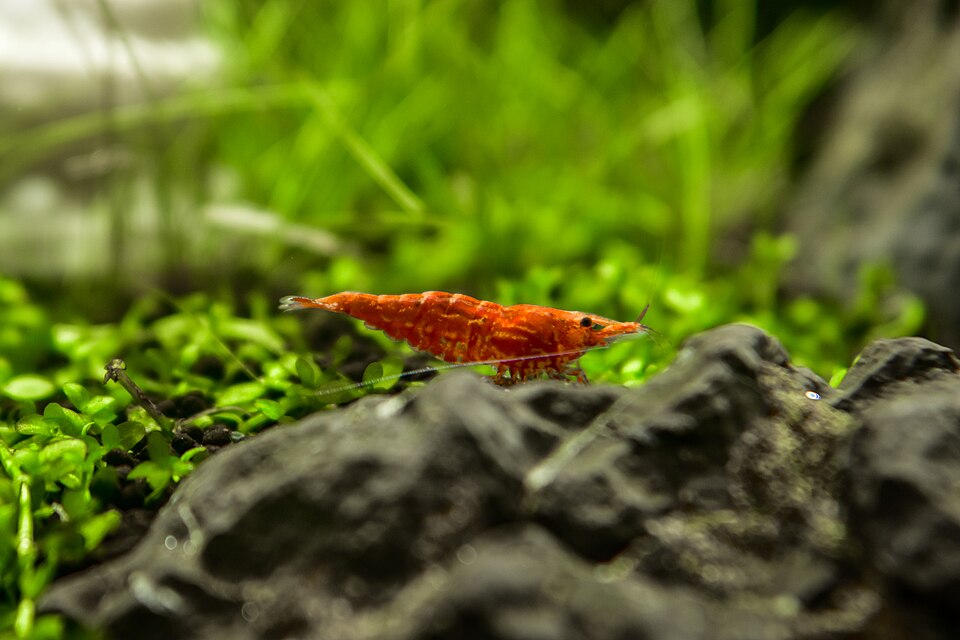


Leave a Reply